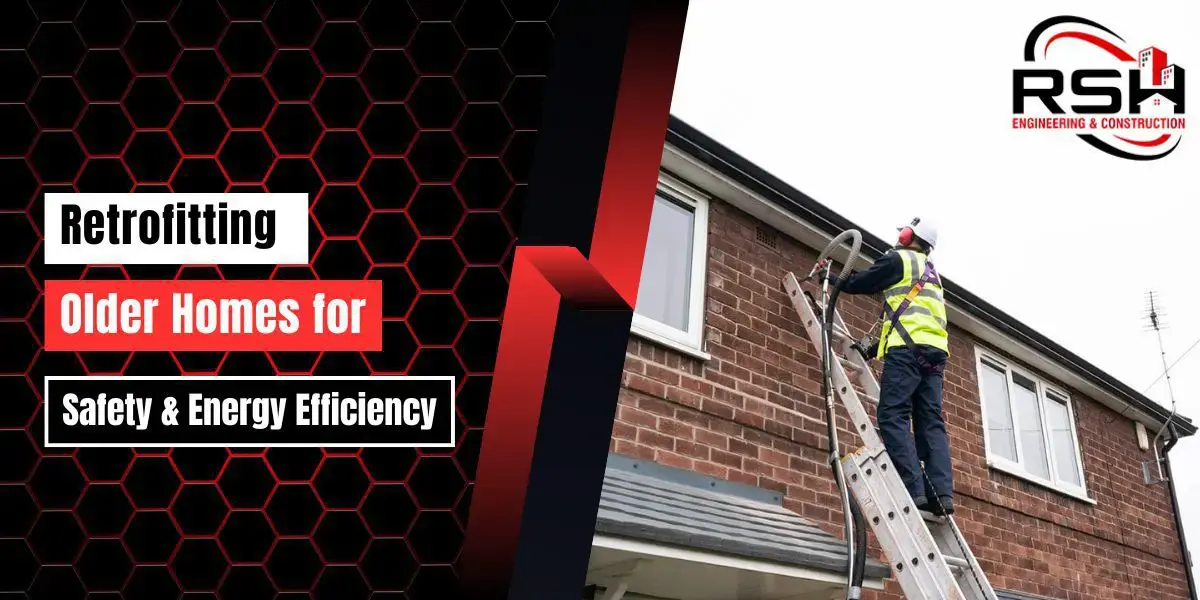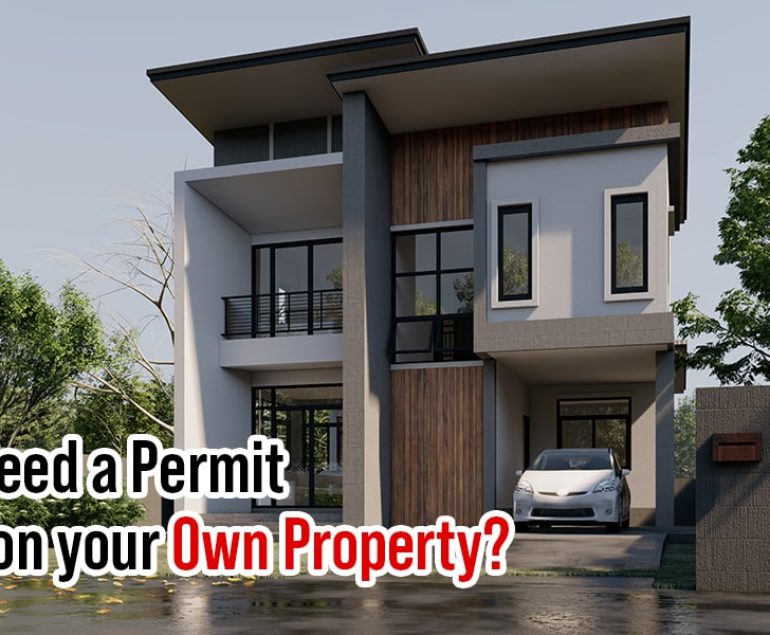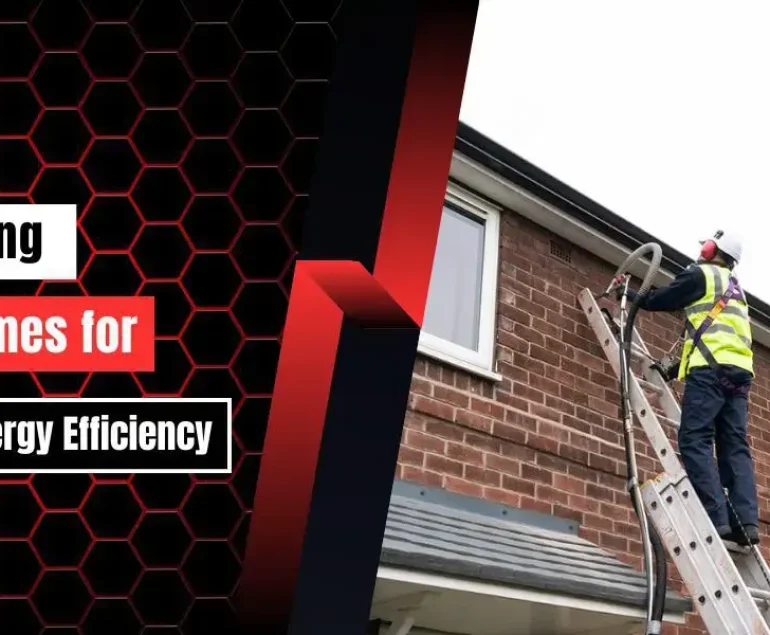Retrofitting older homes is a way to improve safety, enhance energy efficiency, and preserve the character of classic properties. Many homeowners now realize that minor upgrades can lead to significant savings, increased comfort, and higher property value.
In this blog, we’ll discuss how inspectors are retrofitting homes for energy efficiency and safety and the role of proper planning and execution.
Let’s understand in more words!
Why is Retrofitting Important?
Older homes, while charming, often come with safety concerns, inefficient systems, and outdated structures. Retrofitting addresses these problems by improving the following:
- Energy Efficiency: Lower utility bills and a reduced carbon footprint.
- Safety: Strengthened structural integrity to withstand modern challenges like severe weather.
- Comfort: Enhanced insulation and better air quality.
Retrofitting makes homes more livable while preserving their unique history.
Key Areas to Address When Retrofitting Older Homes
1. Energy Efficiency
Upgrading older homes with modern energy-efficient systems is crucial. Retrofitting homes for energy efficiency includes tasks like replacing old windows, upgrading insulation, and sealing air leaks. These updates reduce energy consumption and lower heating and cooling costs.
- Install Modern Insulation: Walls, ceilings, and floors can lose heat if not adequately insulated.
- Upgrade HVAC Systems: An energy-efficient heating and cooling system ensures consistent comfort.
- Seal Gaps: Use caulk or weather striping to seal air leaks around windows and doors.
A home energy retrofit is a worthwhile investment that pays off over time through energy savings.
2. Structural Integrity
Older homes may have hidden problems that compromise their stability. To hire structural inspectors to assess and recommend solutions for issues like weakened beams, cracked foundations, and outdated roofing.
- Causes of Foundation Cracks: Poor drainage, soil movement, and aging materials are common culprits. Resolving these issues early can prevent expensive repairs later.
- Retrofitting Structural Engineering Techniques: Modern methods are used to reinforce the home’s structure, ensuring it meets current safety standards.
3. Electrical and Plumbing Systems
Modern appliances often strain older electrical systems, and outdated plumbing can lead to leaks. Upgrading these systems ensures safety and efficiency.
- Replace old wiring and fuse boxes with modern circuit breakers.
- Upgrade plumbing fixtures to water-efficient models.
4. Windows and Doors
Inefficient windows and doors can lead to significant energy loss. Retrofitting existing homes for energy efficiency includes replacing single-pane windows with double-glazed options and installing energy-efficient doors.
The Role of Inspectors in Retrofitting Projects
Retrofitting older homes often requires expert assessments, and this is where professionals like local home inspectors play a vital role.
- Local Home Inspectors: Provide insights into residential issues like roof damage, outdated insulation, and structural vulnerabilities.
- Commercial Inspectors: Evaluate more significant properties or mixed-use homes, ensuring all safety and efficiency measures are met.
Their expertise ensures that all retrofitting tasks comply with local codes and safety standards.
Steps to Retrofitting Older Homes
To successfully retrofit an older home, follow these steps:
- Hire Experts: Engage structural inspector and energy auditors for a detailed assessment.
- Plan the Renovation: Decide on a priority list for safety, energy efficiency, and cosmetic upgrades.
- Start with Foundation and Structure: Fix foundation cracks and reinforce the frame using retrofitting structural engineering techniques.
- Upgrade for Energy Efficiency: Perform a home energy retrofit by sealing gaps, improving insulation, and upgrading systems.
- Add Modern Systems: Update electrical, plumbing, and HVAC systems for better performance.
Benefits of Retrofitting Homes for Energy Efficiency
By focusing on retrofitting homes for energy efficiency, homeowners can enjoy several advantages:
- Lower Energy Costs: Save money on monthly utility bills.
- Environmental Impact: Reduce greenhouse gas emissions by consuming less energy.
- Improved Comfort: Better insulation and modern systems make the home more comfortable year-round.
- Increased Property Value: Energy-efficient homes are more attractive to buyers.
Home Renovations and Retrofitting: A Perfect Match
If you’re planning home renovations, consider combining them with retrofitting projects. For example, upgrade the insulation and install energy-efficient appliances while remodeling your kitchen or bathroom. This integrated approach ensures both aesthetic and functional improvements.
Retrofitting Older Homes: Challenges and Solutions
While retrofitting older homes has many benefits, there can be challenges:
- Cost: Retrofitting can be expensive upfront, but long-term savings make it worthwhile.
- Structural Issues: Hidden problems, like foundation cracks, may surface during renovations. Structural inspectors can help address these.
- Preservation: Retrofitting should preserve the home’s character while making it more efficient.
Conclusion
Retrofitting homes for energy efficiency is a rewarding endeavor combining modern technology and traditional charm. By focusing on energy efficiency, homeowners can enjoy lower costs, enhanced comfort, and improved safety. With the help of local home inspectors, commercial inspector, and structural experts, the process becomes manageable and effective.
Whether fixing foundation cracks, upgrading insulation, or performing a home energy retrofit, retrofitting ensures your home remains a safe and efficient sanctuary for years.
So, take the first step today and make your older home a modern marvel with RSH Engineering & Construction.





